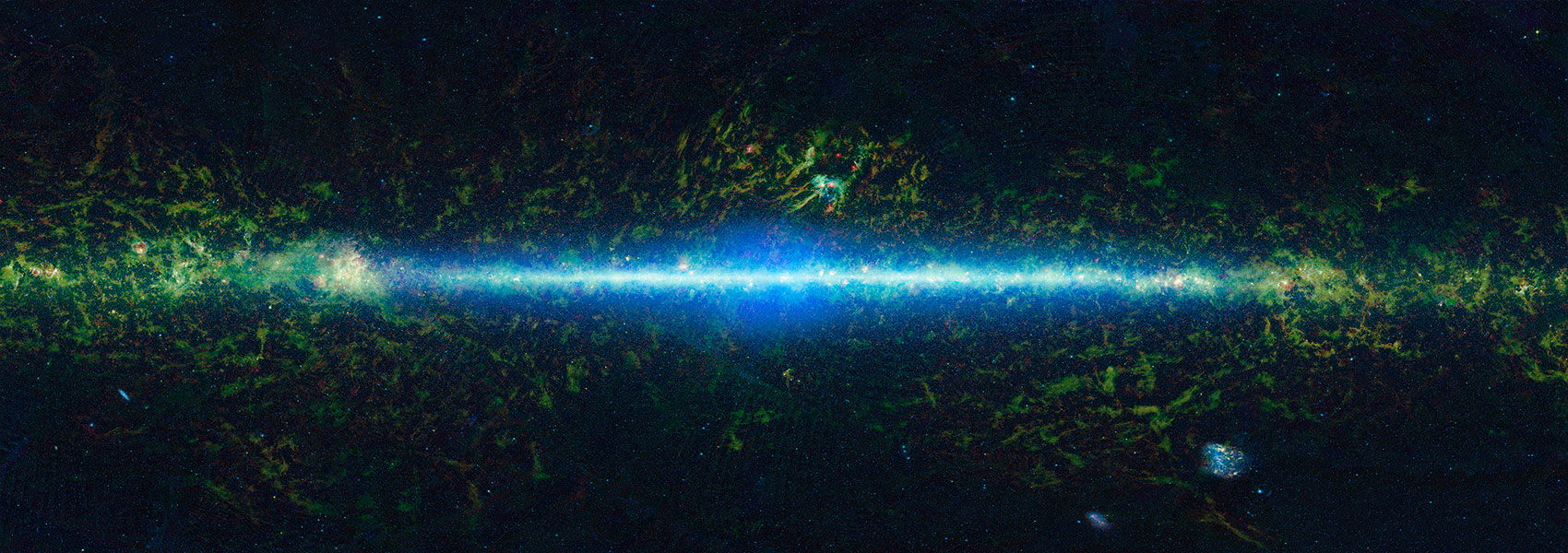
The Active Galactic Nuclei in the Hobby-Eberly Telescope Dark Energy Experiment Survey (HETDEX). II. Luminosity Function
August 2022 • 2022ApJ...935..132L
Abstract • We present the Lyα emission line luminosity function (LF) of the active galactic nuclei (AGN) in the first release of the Hobby-Eberly Telescope Dark Energy Experiment Survey (HETDEX) AGN catalog. The AGN are selected either by emission line pairs characteristic of AGN or by a single broad emission line, free of any photometric preselections (magnitude/color/morphology). The sample consists of 2346 AGN spanning 1.88 < z < 3.53, covering an effective area of 30.61 deg2. Approximately 2.6% of the HETDEX AGN are not detected at >5σ confidence at r ~ 26 in the deepest r-band images we have searched. The Lyα line luminosity ranges from ~1042.3 to 1045.9 erg s-1. Our Lyα LF shows a turnover luminosity with opposite slopes on the bright end and the faint end: The space density is highest at ${L}_{\text{Ly}{\text{\unicode{x003B1}}}}^{\ast }={10}^{43.4}$ erg s-1. We explore the evolution of the AGN LF over a broader redshift range (0.8 < z < 3); constructing the rest-frame ultraviolet (UV) LF with the 1450 Å monochromatic luminosity of the power-law component of the continuum (M1450) from M 1450 ~ -18 to -27.5. We divide the sample into three redshift bins (z ~ 1.5, 2.1, and 2.6). In all three redshift bins, our UV LFs indicate that the space density of AGN is highest at the turnover luminosity ${M}_{1450}^{* }$ with opposite slopes on the bright end and the faint end. The M 1450 LFs in the three redshift bins can be well fit with a luminosity evolution and density evolution model: the turnover luminosity ( ${M}_{1450}^{* }$ ) increases, and the turnover density (Φ*) decreases with increasing redshift.
Links


